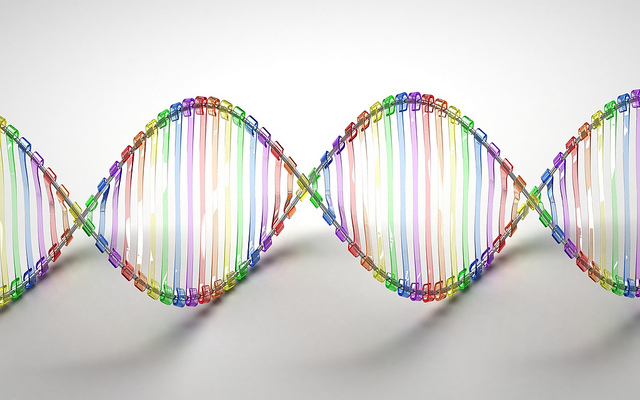Pharmaceutical companies are coming up with cures for a range of diseases and disabilities, including blindness and hemophilia, but at what price? Stat News reports that Sparks Therapeutics has a gene therapy that is well on the way to FDA approval and that could cost as much as $1 million.
Luxturna is a gene therapy that is able to treat a condition in children that causes blindness. One teenager helped considerably by the therapy told an FDA committee: “Before surgery, my vision was dark. It was like sunglasses over my eyes while looking through a little tunnel,” and “I can honestly say my biggest dream came true when I got my sight. I would never give it up for anything. It was truly a miracle,” NPR news reports.
To be clear, the therapy did not restore the vision of the patients in the clinical trial completely. But, after three years, their vision remained improved, for some considerably, for others less so. Some patients developed a serious infection from the treatment leading to permanent eye damage.
Earlier this month, another type of gene therapy treatment was reported to work for patients with cerebral adrenoleukodystrophy, ALD, a rare brain disease that people die from.
How does gene therapy work? Genetically-modified viruses are developed with special DNA. In the case of Luxturna, billions of these viruses, carrying healthy genes, are infused in a patient’s retina. These viruses can cure their condition through fixing molecular processes that are not working properly. But, they only work if people can access them, which means they need to be affordable.
The gene therapy is not projected to work in all cases. So, the question becomes who will pay for it and under what conditions. Currently, some insurers are exploring what are called “value-based payment” models. With these models, the pharmaceutical company only gets paid for its drug if it works. The devil is in the details though.
With Car-T cell therapy, Medicare is working on a payment model that turns on whether the treatment puts the cancer in remission a month later. But, some experts suggest that the cancer may not remain in remission after six months, a year or two years. And, then Medicare has paid several hundred thousand dollars for a drug that ultimately did not work.
With long-term value-based payment models, there are a number of challenges. People may change insurers and, then, who pays? Or, people may not be able to change insurers, locking people into coverage that they cannot afford or no longer covers care from their doctors. Or, people may not get the followup checkups needed to determine whether the gene therapy is working.
Here’s more from Just Care:
- New leukemia drug will cost $475,000
- The majority of cancer drugs the FDA has recently approved don’t work
- R and D costs do not justify high drug prices
- To save money, millions of Americans buy their drugs abroad
- No increase projected in 2018 standard Medicare premium, but premium may still rise for many










